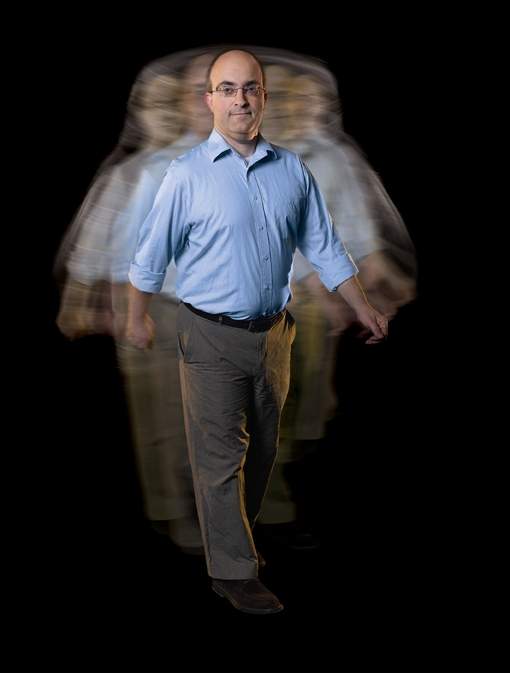Are you a journalist? Please sign up here for our press releases
Subscribe to our monthly newsletter:

Dr. Elad Schneidman: "We are starting to connect the letters of the neurons' language into syllables; we hope to understand words and even sentences soon. Hopefully, in the future, we'll be able to directly read complex information stored in the brain by deciphering the patterns of neural activity."
Deciphering the secrets of the brain – how it manages feats of abstract thought, for instance, or commits complex information to memory – is a staggering computational task. Each of the brain's 100 billion nerve cells is in contact with about 10,000 of its neighbors, sending and receiving messages encoded in electrical pulses that then get transmitted as chemical signals. Even in a small system of just 100 neurons, the number of possible combinations is bigger than the number of stars in the universe.
In an attempt to make sense of the rules of the nerve cells' "language," Dr. Elad Schneidman of the Neurobiology Department studies the patterns of communication between whole networks of neurons. "The really interesting brain activities involve hundreds and thousands of neurons. But even if it were possible to trace the simultaneous actions of 100 billion neurons, we couldn't begin to deal with such a huge network." Schneidman's group uses current state-of-the-art recordings of groups of tens to hundreds of brain cells. They have already uncovered network properties that are unattainable through the usual single-cell recordings. For instance, they showed that although the correlations between pairs of neurons are typically weak, the combined effect of many weak couplings dominates the network's behavior. In other words, says Schneidman, nerve cells carry information collectively, organizing their actions in a way that resembles fish swimming together in shoals or fireflies synchronizing their light flashes.
Dr. Elad Schneidman's research is supported by the Nella and Leon Benoziyo Center for Neurological Diseases; the Clore Center for Biological Physics; the Carl and Micaela Einhorn-Dominic Brain Research Institute; the Crown Endowment Fund for Immunological Research; the Eisenberg-Keefer Fund for New Scientists; and the Peter and Patricia Gruber Award.